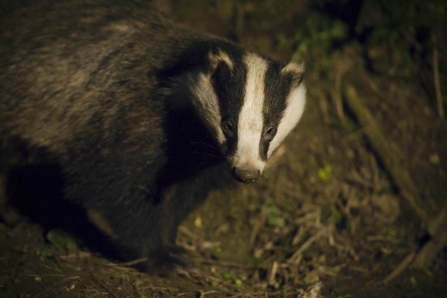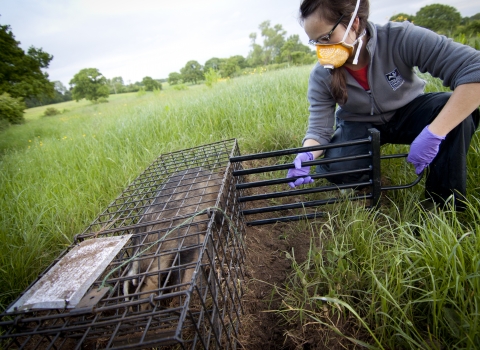While welcoming the review's recommendations for a changed emphasis in government’s strategy for eradicating bovine tuberculosis (bTB), The Wildlife Trusts are extremely concerned that it also recommends that badger culling should continue.
This flies in the face of robust scientific evidence and we urge the government to halt their flawed policy which leads to tens of thousands of badgers being killed every year.
Ellie Brodie, Senior Policy Manager of The Wildlife Trusts says:
“The Wildlife Trusts believe that cattle and not badgers should be the focus of efforts to eradicate bTB.
We support the review’s recommendation that the focus of the strategy should be shifted to addressing the transmission of bTB between cattle. This is the main route of infection. Only 1 in 20 cases of bTB herd infections are transmitted directly from badgers [1], so culling badgers is not the answer. Several scientific studies have demonstrated that culling increases the prevalence of bTB in the badger population [2,3], and results in it spreading to other areas [4,5,6]. We believe that more must be done by both the government and farmers to improve farm biosecurity and cattle movement controls.”


